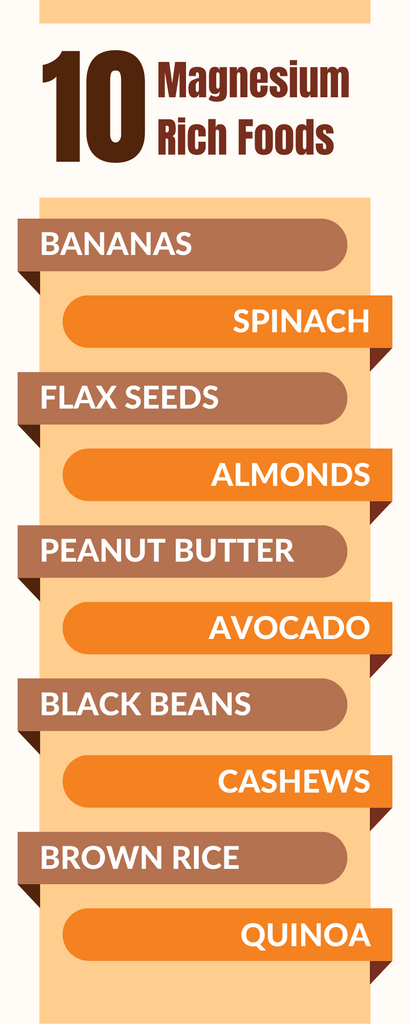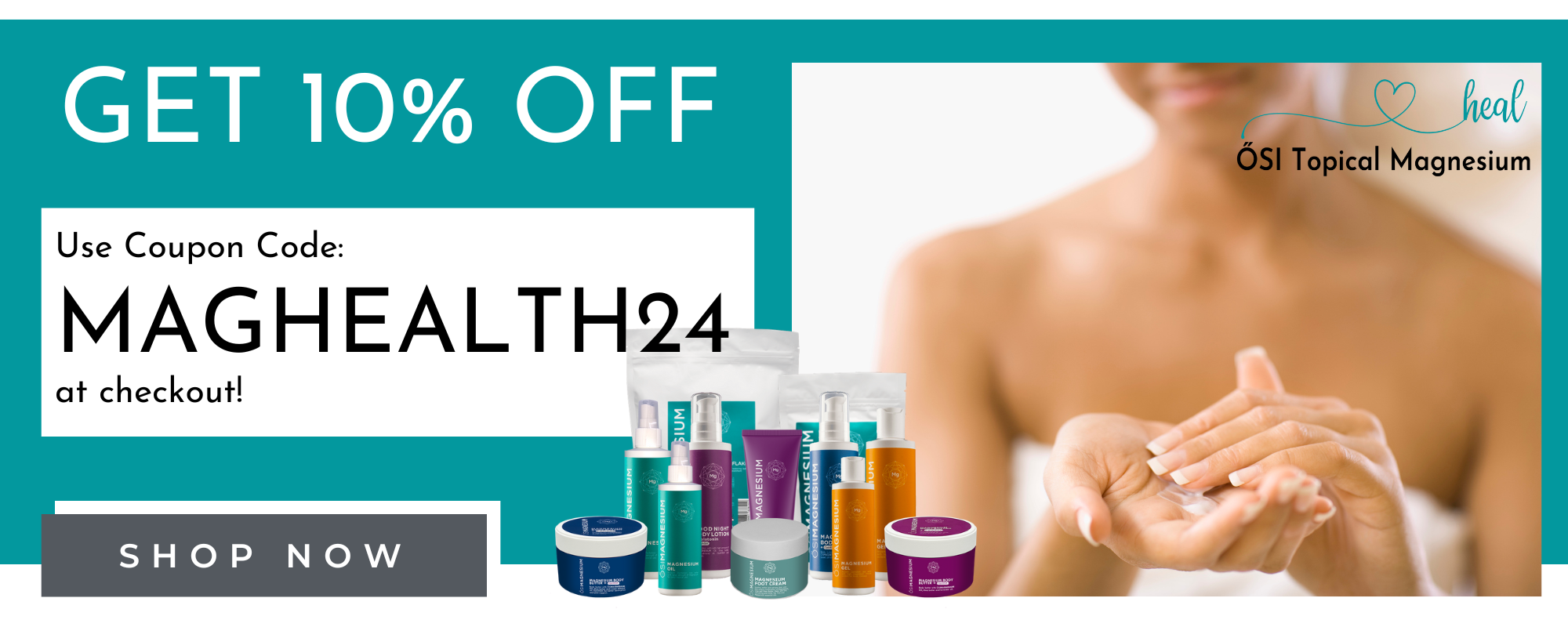10 Magnesium Rich Foods to Add to Your Diet
| March 28, 2024Magnesium, often overlooked among the essential minerals, plays a vital role in numerous bodily functions. Magnesium aids in muscle and nerve function, immune support, regulation of blood glucose, and blood flow control.
Identifying Magnesium Deficiency

Despite its paramount importance, magnesium deficiency remains a prevalent concern, often overlooked amidst the hustle and bustle of modern life. Recognizing the signs of magnesium deficiency is imperative to preempting its adverse effects on health. Symptoms such as extreme PMS symptoms, brittle bones prone to fractures, muscle fatigue and cramping, liver and kidney damage, migraines, and hypertension may signal an underlying deficiency in this essential mineral1.
In individuals grappling with diabetes, particularly type 2 diabetes, the risk of magnesium deficiency amplifies due to insulin resistance. As the body struggles to produce adequate insulin, magnesium levels plummet, exacerbating the deficiency. 2
Magnesium-Rich Foods
Bananas (37mg per 1 banana - 9% DV)
Beyond their reputation as potassium powerhouses, bananas emerge as unsung heroes in the realm of magnesium-rich foods. Whether eaten alone or incorporated into recipes like banana bread or frozen chocolate pops, bananas are a delicious and convenient way to increase magnesium intake3.
Spinach (78mg per ½ cup broiled - 20% DV)
With its vibrant hue and versatile culinary applications, spinach reigns supreme as a magnesium-rich superfood. Whether sautéed, steamed, or blended into smoothies, spinach provides a potent dose of magnesium, fortifying the body and tantalizing the taste buds in equal measure4.
Flax Seeds (40mg per 1 tablespoon - 10% DV)
Tiny yet mighty, flax seeds pack a nutritional punch, boasting ample stores of magnesium. Sprinkle them atop yogurt bowls, incorporate them into smoothies, or elevate your morning oatmeal with a generous sprinkle of flax seeds to harness their myriad health benefits5.
Almonds (40mg per ½ cup - 10% DV)
Almonds are not only versatile but also nutritious. Whether you want to have them as a standalone snack or include them in homemade almond butter, almond milk, or yogurt, they are a rich source of magnesium and sustained energy6.
Peanut butter (49mg per 2 tablespoons - 12% DV)
Whether you spread it on whole-grain bread or use it to create savory sauces and dressings, peanut butter can enhance the taste and nutrition of any meal7.
Avocado (58mg per ½ cup - 14% DV)
Avocados emerge as a versatile culinary gem, perfect for enhancing salads, sandwiches, and breakfast bowls. With its creamy texture and robust flavor, avocado delights the palate while nourishing the body with a bounty of magnesium and other vital nutrients8.
Black Beans (60mg per ½ cup - 15% DV)
Embrace the nutritional prowess of black beans, harnessing their protein-rich goodness and abundant stores of magnesium. Whether incorporated into hearty stews, zesty salads, or savory wraps, black beans offer a wholesome and satisfying addition to any meal, supporting overall health and well-being9.
Cashews (83mg per 1 ounce - 20% DV)
Whether enjoyed as a snack on their own or added to trail mixes, salads, or stir-fries, cashews offer a delightful blend of taste and nutrition, promoting optimal health and vitality10.
Brown Rice (44mg per 1 cup cooked - 11% DV)
Whether served as a side dish, incorporated into nourishing bowls, or enjoyed as a comforting porridge, brown rice offers a versatile and nutritious staple that nourishes the body and satisfies the soul.
Quinoa (118mg per ¾ cup cooked - 28% DV)
Elevate your culinary skills with the healthy and nutritious power of quinoa. It is a great source of protein and magnesium, which are essential for good health. You can enjoy it as a side dish or add it to your favorite salads, soups or casseroles.
Tips for Maximizing Magnesium Intake
ŐsiMagnesium Natural Products provides a pure and effective solution for replenishing magnesium levels in your body. The products come in various forms, such as butters, lotions, gels, and flakes, and offer a smooth and luxurious way to incorporate magnesium into your self-care routine. Unlike oral magnesium supplements, topical magnesium is more effective. This is because capsules and pills tend to be less effective since they pass through the stomach, where they are diluted or broken down in the gastric acid. On the other hand, transdermal medicines, like ŐsiMagnesium Products, do not pass through the liver or the stomach, which means they tend not to have any severe or even mild side effects at all.
The Bottom Line
Incorporating magnesium-rich foods into your diet is not only a delicious endeavor but also a proactive step toward maintaining overall well-being. From bananas to quinoa, these foods offer a diverse range of culinary possibilities, ensuring that meeting your magnesium needs is a flavorful experience.
- Choosing a selection results in a full page refresh.
- Press the space key then arrow keys to make a selection.

